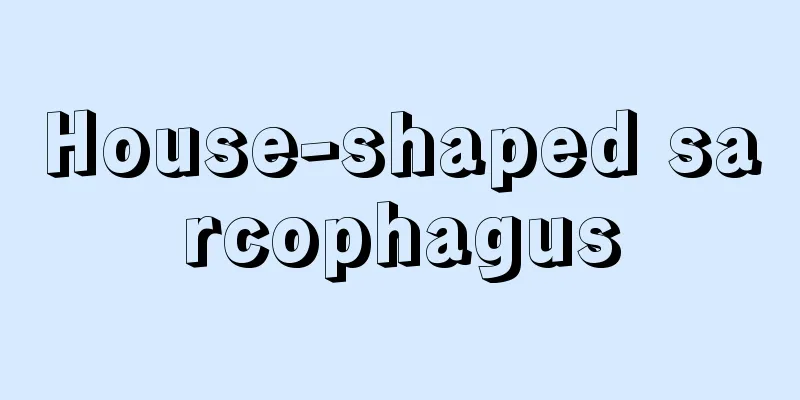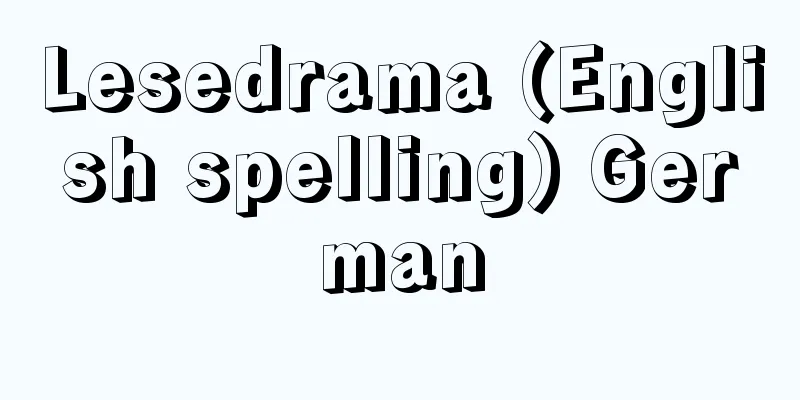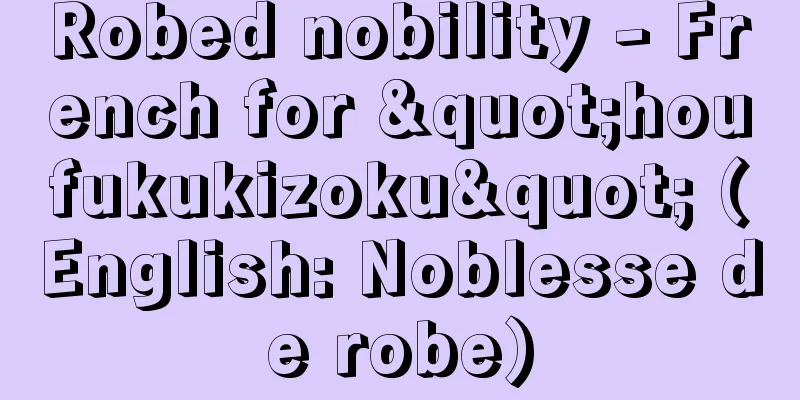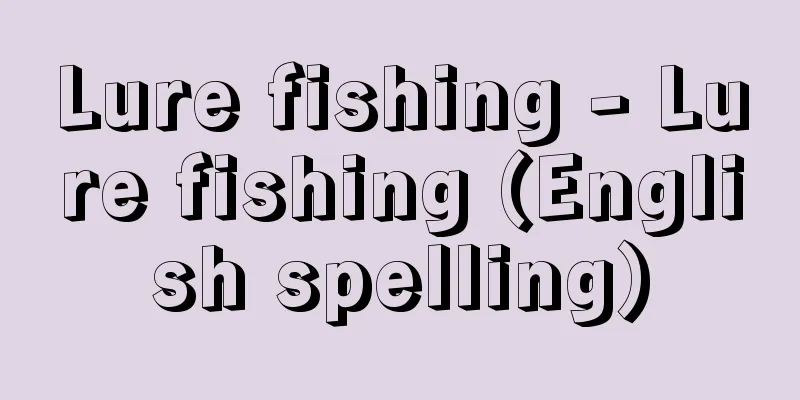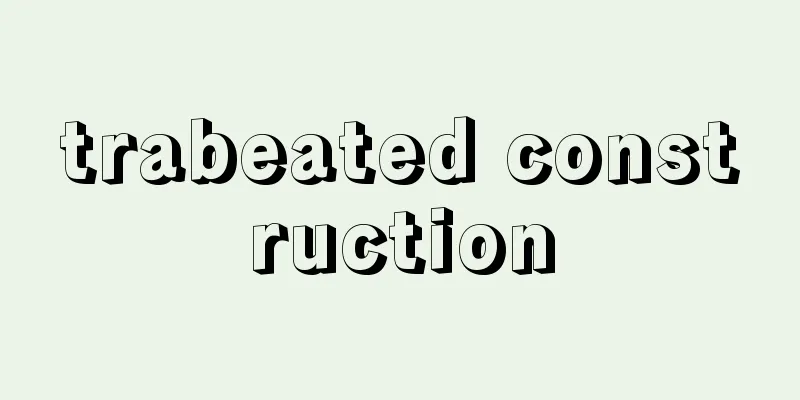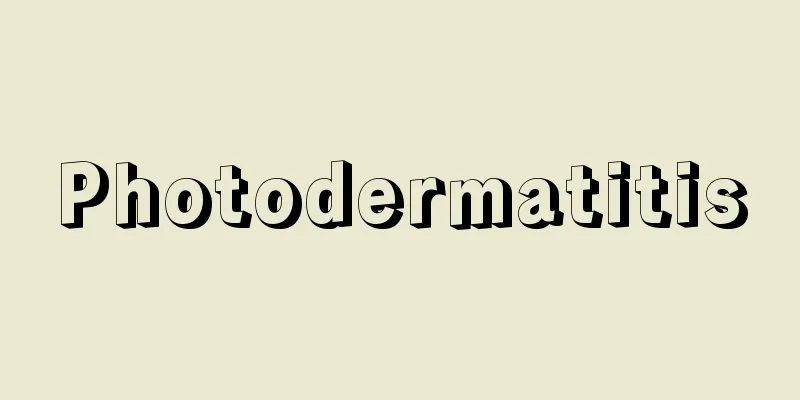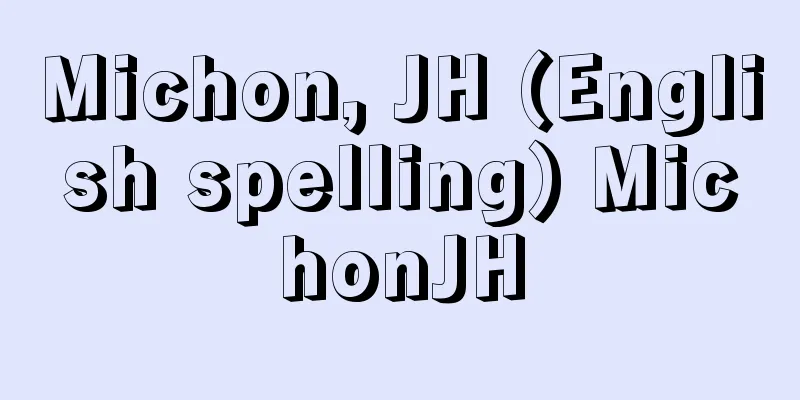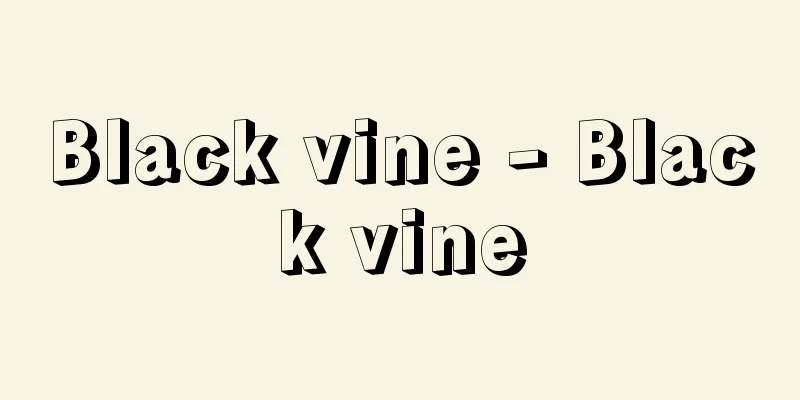Modern Kana Spelling - Modern Kana Spelling
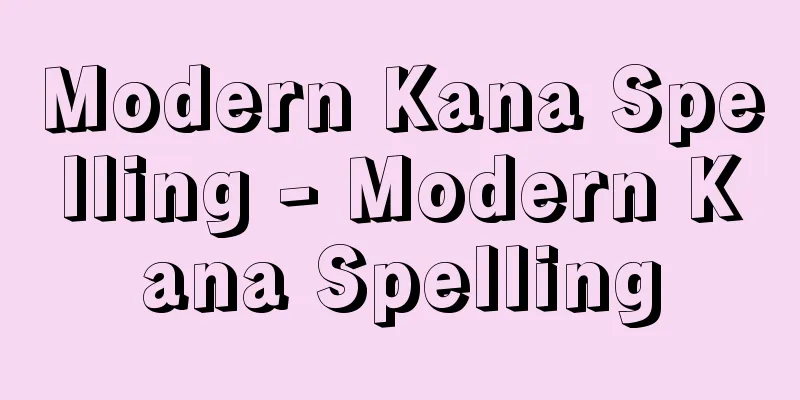
|
One of the kana spellings. It was promulgated by Cabinet Notification No. 33 on November 16, 1946 (Showa 21) together with Cabinet Instruction No. 8. It is a kana spelling that is relatively close to the pronunciation of modern Japanese, and is the only one that has been officially implemented for a long period of time. It is also called the new kana spelling, in contrast to the so-called historical kana spelling (old kana spelling) that was generally used both publicly and privately up until now. [Yutaka Tsukishima] HistoryThe argument that modern phonetic kana usage should be used instead of historical kana usage has been around since the Meiji period, and in 1900 (Meiji 33) the Enforcement Regulations for the Elementary School Act implemented phonetic kana usage for a short period of time, after which the Temporary National Language Investigation Council published the "Kana Usage Revision Proposal" for Japanese words (original Japanese) in 1924 (Taisho 13), and the National Language Council published the "New Character Phonetic Kana Usage Table" in 1942 (Showa 17), but neither was widely adopted. After World War II, the National Language Council recommended this kana usage along with restrictions on kanji, which the government adopted and promulgated, and this can be seen as part of the rapid social reforms that followed the war. Furthermore, the long vowels of the O-row are written as "ou", "kou", and "sou", but as an exception, the ho pronounced as O is written as "oo" and "koo" as in "oyake (public)" and "koori (ice)". In addition, in areas where "kuwa/ka", "gwa/ga", "ji/ji", and "zu/zu" are pronounced differently, it is acceptable to write them differently. [Yutaka Tsukishima] ProgressAfter the announcement, it was quickly implemented in official documents, textbooks, newspapers, etc., and quickly spread throughout society. However, there are also those who oppose it. Reasons for this include the break in tradition that resulted from the abolition of the traditional historical kana spelling, the destruction of aesthetic sense, the alteration and complication of the grammatical system, the deterioration of the visual unity of word forms, the illogical nature of the rules themselves not being unified, and the fact that the process of establishment and implementation was carried out in a public manner. After that, in 1966, the Minister of Education issued an inquiry and was tasked with the task of reexamining "modern kana spelling." [Yutaka Tsukishima] Additional NotesIn February 1985, the National Language Council published the Kana Spelling Committee's draft "Revised Modern Kana Spelling." The previous "rules" were changed to "reference points," and the outline was similar to that of "Modern Kana Spelling," but the rules were organized and logically systematized, first with a phonological table of modern language, then the corresponding usage of kana, with notes on exceptions, and an appendix showing a comparison with historical kana spelling. In terms of content, it lists and clarifies many words that use "ji" and "zu," confirms the spelling of the particles "ha" and "he," and even covers the spelling of "ei" and "kei" in "eiga (movie)" and "tokei (clock)," as well as "ki," "ku," or "tsu" in "tekikaku (accurate)," "suizokkan (aquarium)," and "gakko (school)," which were not mentioned in "Modern Kana Spelling." [Yutaka Tsukishima] [Reference] |Source: Shogakukan Encyclopedia Nipponica About Encyclopedia Nipponica Information | Legend |
|
仮名遣いの一つ。1946年(昭和21)11月16日付けで、内閣訓令第8号とともに、内閣告示第33号によって公布されたもの。現代日本語の発音に比較的近い仮名遣いで、公的に長期間実施された唯一のもの。従前、公私とも一般に行われていた、いわゆる歴史的仮名遣い(旧仮名遣い)に対して、新仮名遣いともいわれる。 [築島 裕] 沿革歴史的仮名遣いに対して、現代語音に基づく仮名遣いを使用すべしとする主張は、明治以来行われ、1900年(明治33)の小学校令施行規則で発音主義の仮名遣いが短期間行われたことがあり、その後、臨時国語調査会によって1924年(大正13)に和語(本来の日本語)についての「仮名遣改定案」が、国語審議会によって1942年(昭和17)に「新字音仮名遣表」などが発表されたが、いずれも一般には行われなかった。第二次世界大戦後、国語審議会が、漢字制限とあわせてこの仮名遣いを答申し、政府の採択公布に至ったもので、戦後の急激な社会改革の一環ともみられるものである。 さらに、オ列音の長音は「おう」「こう」「そう」のように書くが、例外として、オに発音されるほは「おおやけ(公)」「こおり(氷)」のように「おお」「こお」のように書く。そのほか、「クヮ・カ」「グヮ・ガ」「ヂ・ジ」「ヅ・ズ」を言い分けている地方では、書き分けても差し支えないとしている。 [築島 裕] 経過告示以後、早く公文書・教科書・新聞等に実施されて、急速に世間に広まった。しかし、一方では、これに反対する立場もある。その理由としては、従来の歴史的仮名遣いを廃止したために生じた伝統の断絶、美意識の破壊、文法体系の変改・複雑化、語形の視覚的なまとまりの悪化、規則自体が一元的でないことの非論理性、制定・実施の手順を公的な面で進めたこと、などがあげられる。その後、1966年に文部大臣の諮問が出されて、「現代かなづかい」再検討の課題が負わされた。 [築島 裕] 付記1985年2月、国語審議会は、仮名遣い委員会試案「改定現代仮名遣い」を公表した。従来の「準則」を「よりどころ」に改め、大綱は「現代かなづかい」の線と同様であるが、規則の構成を整えて論理的に体系化し、まず現代語の音韻表を掲げて、それに対応する仮名の用法を記述し、例外を注記し、付表として歴史的仮名遣いとの対照を表示している。内容的には、「ぢ」「づ」を使用する語を多数あげて明示し、助詞「は」「へ」の表記を確定し、さらに「現代かなづかい」では触れられていなかった「えいが(映画)」「とけい(時計)」の「えい」「けい」の類、「てきかく(的確)」「すいぞくかん(水族館)」「がっこう(学校)」などの「き」「く」または「っ」についての表記にも及んでいる。 [築島 裕] [参照項目] |出典 小学館 日本大百科全書(ニッポニカ)日本大百科全書(ニッポニカ)について 情報 | 凡例 |
<<: Modern business conglomerates
Recommend
Lunar Society of Birmingham
A private scientific research society founded in B...
Prince Sanehito
Year of death: July 24, 1586 (September 7, 1586) Y...
Oizumi Domain
Please see the "Tsuruoka Domain" page. ...
castella
…The area stretches from the Bay of Biscay in the...
Kugugayatsuri - Kugugayatsuri
…Useful plants include Egyptian papyrus and plant...
Padmore, George
Born: 1902/1903 Tacarigua [Died] September 23, 195...
Autonomic function
Autonomic functions are also called vegetative fun...
Arletty
May 15, 1898 - July 23, 1992 French film actress....
Yawata ship - Bahansen
The term "bahan" was used to refer to p...
Viernstein, T.
…This theory was later refuted by the research of...
Communal suicide - Kyoudoujisatsu
...The request or consent must be voluntary and g...
Philokalia (English spelling)
(1) It means "love of beauty." According...
Kalīla and Dimna - Kalīla and Dimna (English spelling)
This is a collection of ethical stories with anim...
No fishing zone - Goldfish
Areas where fishing is prohibited. No-fishing area...
Tāq-e Bostān (English spelling)
…The remains of rock reliefs from the middle and ...
